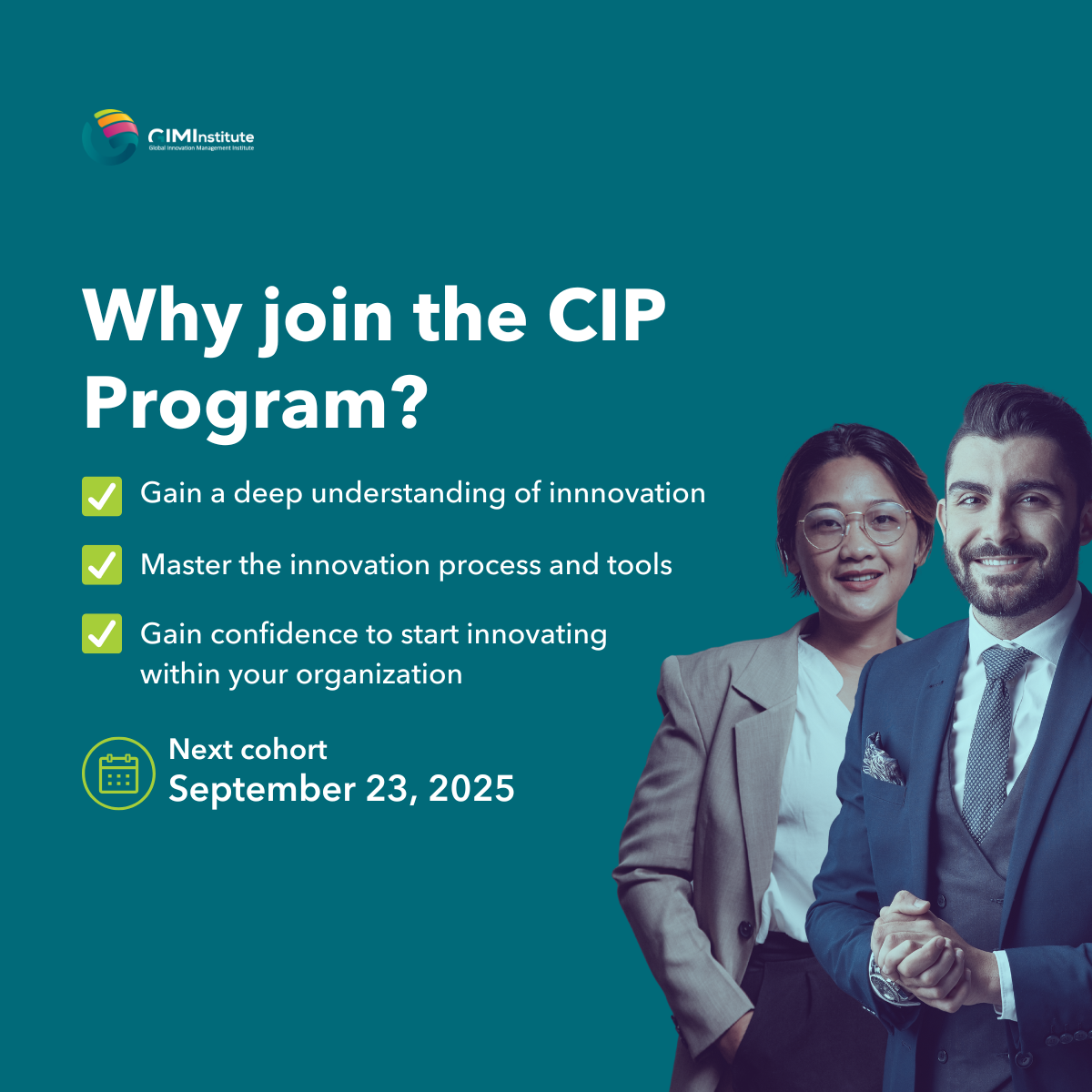Agile Strategies and Start-up Thinking in Large Companies: How to Make It Actually Work
By: Dr. Irene Spitsberg, the Managing Director at InnoVentures LLC
Agile Innovation and Lean Startups concepts have been around for a while. But if you ever tried to apply these entrepreneurial concepts in a large company, then you know that it is quite challenging and can be frustrating. (I know this from my first-hand experience). The reason for this is actually quite simple – because large companies are notstart-ups. They are designed and operated differently. To innovate effectively, large companies can’t simply replicate start-up principles. Rather, they must adapt them in ways that are smart and tailored to their organization.
Agile and Lean Start-ups are often thought of as team concepts. But if you are a leader in a large company, a successful approach is to ZOOM-OUT and think at the enterprise level.
Meaning you begin by focusing not on individual entrepreneurial teams or their ideas, but rather on the strategic goals, priorities and organization’s competencies at large. Then, once you clarify these and identify the innovation capabilities’ gaps, you develop both new growth ideas and agile team processes that are closely aligned with your organization’s strength, and that are likely to deliver commercial results.
Having worked as an innovation leader in leading corporations for over a decade, and now advising Fortune 500’s on building innovation capabilities, I have distilled my practical experience into Agile Thinkingprinciples – a practical framework to build an effective and efficient innovation delivery system in your specific context. You can apply these to turn three common pitfalls into opportunities:
- When pursuing new growth opportunities, companies too often misjudge the magnitude of departure from their existing business model.As a result, they over-rely on their established innovation processes. This leads to “new initiative” projects stalling and not delivering because the existing processes aren’t the right match for new growth.
- With many innovation trends continuously emerging on the scene, it is compelling to adopt them in the hope of achieving quick results. This typically fails because the introduced changes impact other processes and priorities potentially interrupting both “core” and “new” innovation.
- Often, when pursuing outside the core opportunities, companies rely on the creation of “Front End Innovation” groups to vet the ideas.It is common for these groups to work in isolation from the rest of the business, and often without clear deliverables and performance metrics. As a result, the execution of new growth ideas becomes an afterthought.
Agile Thinking methodology will help you execute your great ideas!
Please follow this link to learn more about Agile Thinking methodology.
About the author:
Dr. Irene Spitsberg is the Managing Director at InnoVentures LLC, a strategic innovation company, where she works with Fortune 500’s as well as smaller companies on their toughest innovation strategy and execution problems.
Irene was the key strategist and driver in establishing Innovation Ventures Group at Kennametal, where she was responsible for multi-national cross-functional teams working on the development and commercialization of new offerings in adjacent and new spaces. Her other roles included Director Global R&D Business with Cristal and a number of technology leadership positions with GE Aviation. Known for developing and implementing leading-edge innovation management frameworks and organizational solutions, Irene is a frequent speaker and author on the topics of Innovation management. Irene holds a PhD in Material Science, is the inventor or co-inventor for over 80 US patents, is a leading author of two featured papers in Research-Technology Management journal and is a recipient of NASA’s “Turns Goals into Reality” Award.


